

Damascus
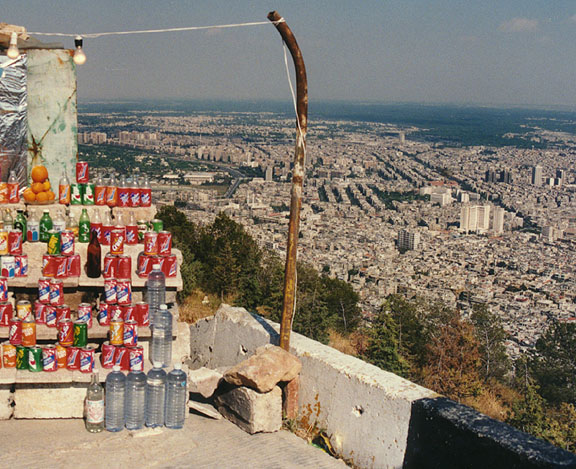
looking down on the city
Damascus
or Dimashq, capital and chief city of Syria, in southwestern Syria, on the Baradá River, near the Anti-Lebanon Mountains in the southwestern part of the country. The greater part of Damascus, including the rectangular ancient city, is on the south bank of the Baradá modern suburbs extend from the north bank.
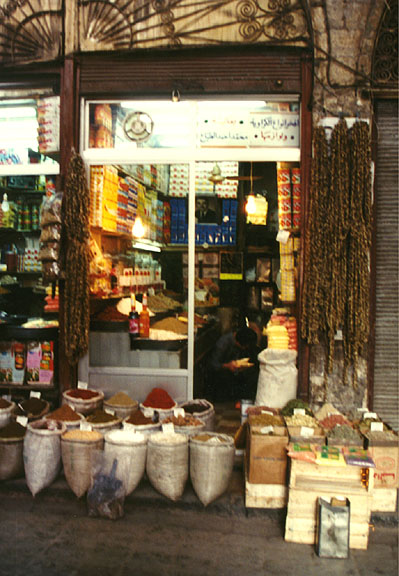
a shop
Damascus has long been an important commercial center. In former times it was famous for dried fruit, wine, wool, linens, and silks. Damask, a type of patterned fabric, was named for the silk fabrics woven in Damascus. The city was notable also for the manufacture and transshipment of damascened steel sword blades, which were exceptionally hard and resilient. Today the city is the trading center for figs, almonds, and other fruit produced in the surrounding region. Industries in Damascus include handicrafts, such as the weaving of silk cloth and the making of leather goods, filigreed gold and silver objects, and inlaid wooden, copper, and brass articles. Among the city's other manufactures are processed food, clothing, and printed material.
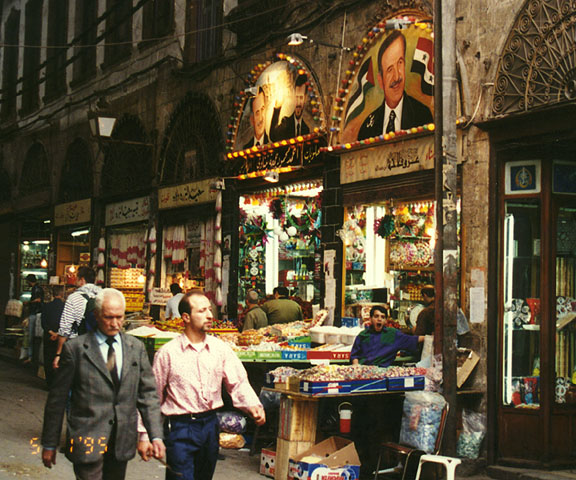
along straight street
The streets of the city, with the exception of the "street called Straight" (mentioned in the Bible in Acts 9:11), on which Saint Paul is supposed to have lived, are crooked and narrow. The houses frequently combine a splendidly decorated interior with a plain and somber exterior. The walls fronting the street are usually without windows.
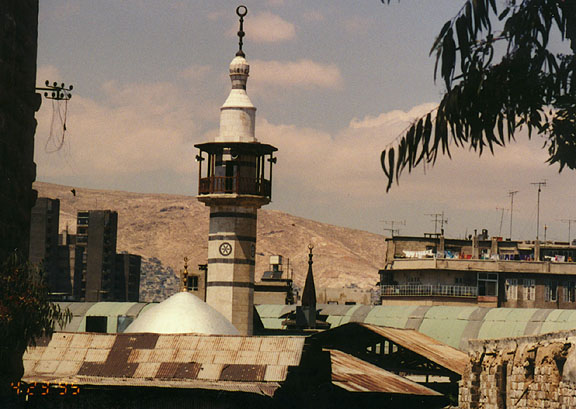
city of mosques
Damascus has more than 200 mosques, of which 70 are still in use. Of these, the Umayyad Mosque, or Great Mosque, is the most important.
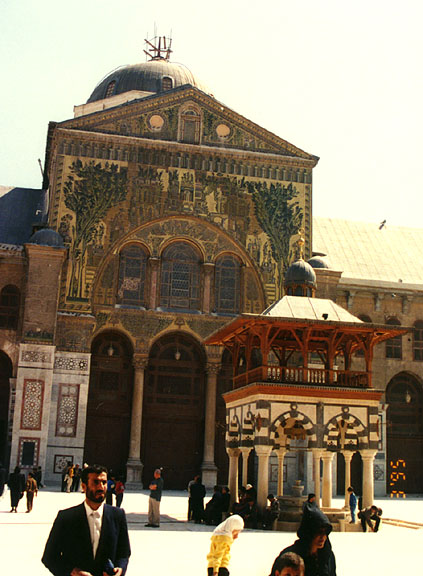
Great Mosque
Said to have been a heathen temple, it was converted into a Christian church at the end of the 4th century. It then contained what was believed to be the head of Saint John the Baptist and was named the Cathedral of Saint John.
Other Photos of the Great Mosque
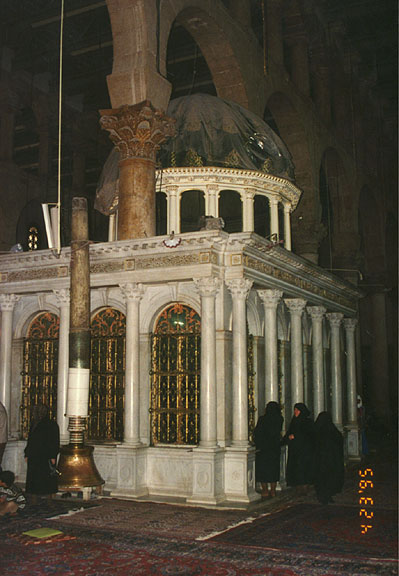
shrine where the head of Saint John the Baptist is said to be
Other noteworthy mosques are the Sinani-yah, with a striking green-tiled tower, and the Tekkeyah, which was founded in 1516 on the riverbank west of the city as a refuge for poor pilgrims. The National Library, the National Museum, and the University of Damascus (1923) are in the city.
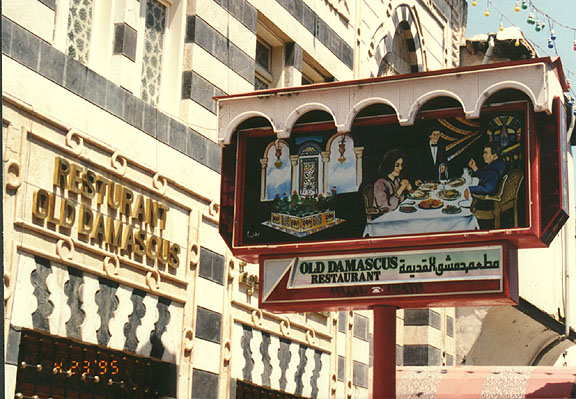
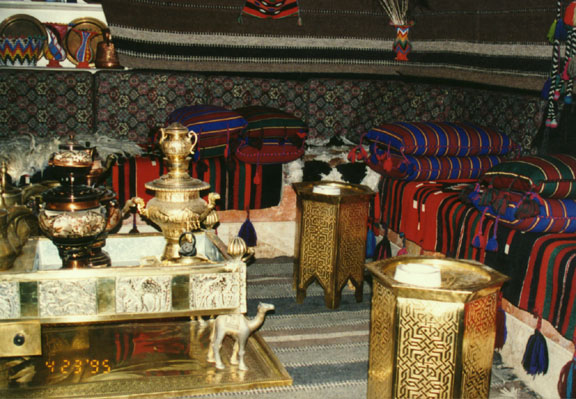
old town restaurant
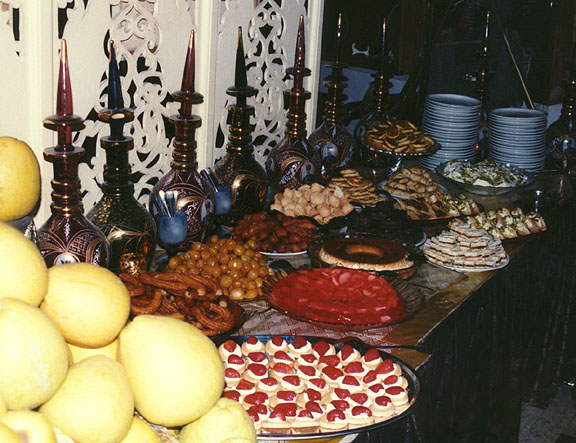
fruits and sweets
Damascus is one of the world's oldest continuously inhabited cities. According to 15th-century BC Egyptian inscriptions, Damascus was the capital of a city-state. During biblical times the city was subjugated by David, king of Judah and Israel (see 2 Samuel 8:5-6; 1 Chronicles 18:5), and later engaged in warfare with Israel. In 732 BC Damascus was conquered by the Assyrians, under Tiglath-pileser III, and in 333 and 332 BC it fell to Alexander the Great. After the death of Alexander in 323 BC, Damascus became part of the Seleucid Kingdom. It was conquered by Pompey the Great in 64 BC.
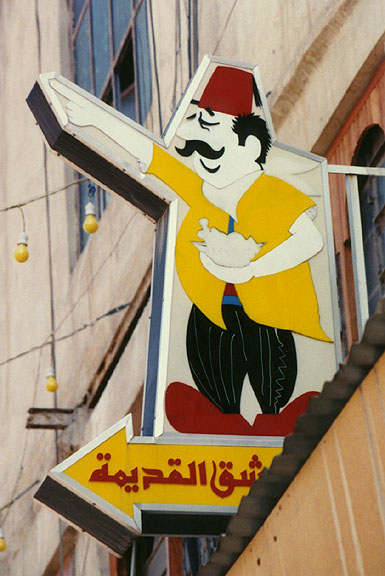
restaurant sign
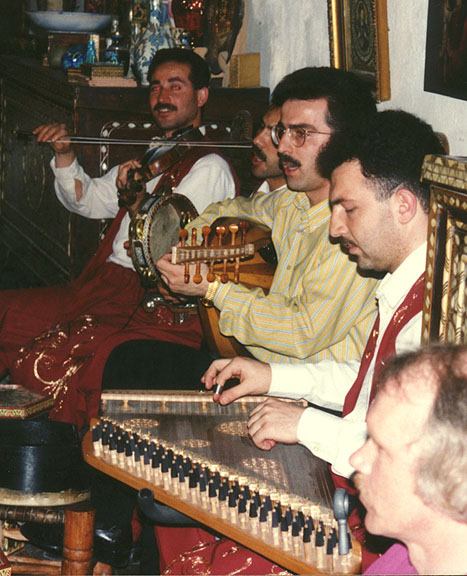
food with music
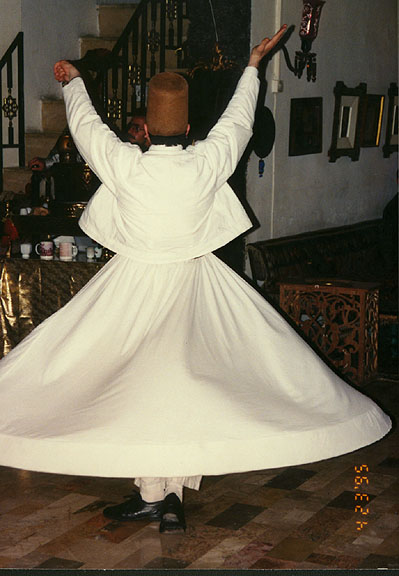
and the whirling Dervish
Christianity was introduced into Damascus during the 1st century AD, and the city became the seat of a bishop's diocese. In 635 it was taken by the Muslims, and for a time before the foundation of Baghdâd in 762, the city was the residence of the caliphs and was greatly adorned and fortified. In 1076 Damascus was seized by the Seljuk Turks, and in 1154 it fell to the Egyptians. Damascus was the headquarters of Saladin, sultan of Egypt and Syria, during the Third Crusade. In 1401 the Turkic conqueror Tamerlane pillaged and burned the city. It was soon rebuilt and in 1516 was wrested from Egypt by the Ottoman Turks. Damascus was returned to Egyptian rule by Ibrahim Pasha in 1832; in 1841 it was restored to the Ottoman Empire as part of Syria. An uprising of the Muslim population in 1860 resulted in the destruction of the Christian quarter and the massacre of many Christians.
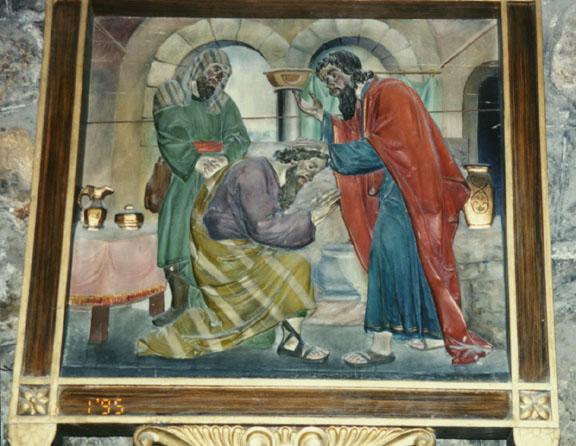
Saint Paul was early visitor
(commemorating his conversion to Christianity)
During World War I (1914-1918), Turkish and German troops, directing their operations against the Suez Canal, were based in Damascus. In 1918 the city was captured by combined forces under British Field Marshal Edmund Henry Allenby and the Arab leader who became Faisal I, king of Iraq. Faisal later attempted to make Damascus the capital of an independent Arab state, and in March 1920 he was proclaimed king of Syria by a Syrian congress meeting in Damascus. In July the French, who had been granted a mandate over Syria by the Supreme Council of the Allied Powers, occupied Damascus. Between 1925 and 1927, the French were driven out of Damascus twice during revolts by the Druze, a religious sect; each time, they reoccupied the city after heavy bombardments. Much of the city was ruined in the fighting, and many inhabitants were killed. Following the defeat of France by Germany in 1940, during World War II, the pro-German Vichy government of France established in Damascus a colonial regime favorable to Germany. In 1941 a combined Allied force attacked Syria and took Damascus, which became the capital of independent Syria in 1946. Population (1994) 1,394,322.
Text from Microsoft Encarta
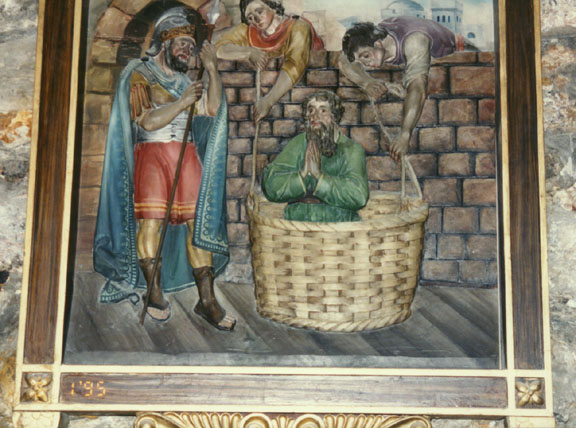
Saint Paul was threatened and had to leave the city with a basket over the wall
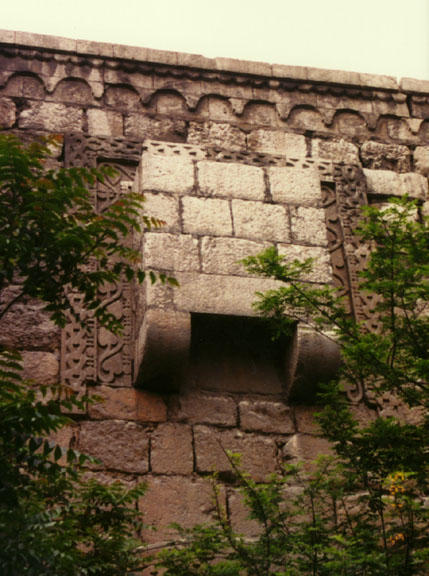
the wall as it remains today
![]()
![]()